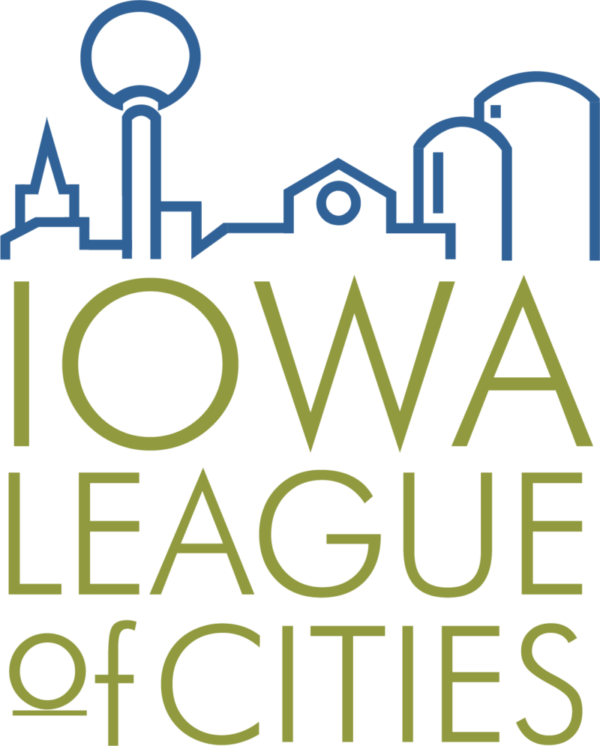Although no one can fully protect themselves from potential disease outbreak, steps can be taken to minimize the chances of illness. Almost every year, an outbreak or pandemic occurs; pandemic diseases are not new (think small pox, yellow fever, acquired immune deficiency syndrome, cholera, influenza, Ebola, etc). The definition for pandemic is determined by how disease spreads rather than how many deaths are caused. The potential and type of outbreak vary greatly; outbreaks often depend upon location, method of contracting the disease, contact with others and general environment. Pandemics have the potential to challenge or interrupt:
- Commerce
- Infrastructure
- Staffing in medical facilities
- Public and private operations (schools, workplaces, daycares, travel bans, etc.)
Clearly, these spark both economic and social stress in impacted communities. Planning ahead for possible impacts on our communities is important. Cities should adopt a plan that identifies response activities, how communication between city officials and other agencies will be handled, where ill patients will be taken, and which agencies or other resources will be involved during a response.
Each disease strain has its own characteristics, prevention methods and level of understanding; preparing at home and in the community in advance of the next pandemic is important. Further, individuals should stay in contact with their local public health officials and care providers, who can provide information about signs and symptoms to watch for. They can recommend other prevention and control actions.
Pandemic and Disease Outbreak Resources:
The Center for Disease Control and Prevention (CDC) has a listing of recent outbreaks and incidents on their Web site. Along with awareness, this site provides public preparedness information.
Ready.gov also provides information on emergency management preparedness, including disease outbreak readiness.
It is vital for cities, counties and other governmental agencies to develop disaster response plans. City officials should stay in contact with their county emergency management coordinator to learn about pandemic and disease outbreak plans that are already in place in their area, and how they may interact and prepare alongside these local efforts. A listing of Iowa County Coordinators and county emergency management offices can be found online.
The Iowa Department of Public Health (IDPH) has numerous resources available to cities, counties, hospitals, health clinics and the general public that help with emergency planning and outbreak prevention.
To assist communities with disaster response efforts, the Division of Acute Disease Prevention and Emergency Response (ADPER) at IDPH has developed numerous programs and resources that provide information on diseases, effective communication strategies, emergency management, immunizations and more. Within ADPER is the Center for Acute Disease Epidemiology (CADE) which provides disease surveillance, investigates acute outbreaks, educates local health agencies on infectious diseases, and provides immunization and vaccination guidelines. An important part of their work is the tracking of the various outbreaks that occur around the state. CADE compiles a detailed list that has information on several important factors, including the type of outbreak (foodborne, waterborne, person-to-person, etc.), nature of episode (symptoms of patients), place or event (school, restaurant, wedding, etc) and a number of people affected. Monitoring the outbreaks give agency personnel data on what type of health problems are occurring, where they are located and associated risk levels. This allows them to better inform the public of any potential outbreaks and what to do to prevent them. CADE also has dedicated programs to provide guidance on different diseases, including animal-related diseases, foodborne illnesses, rabies and West Nile Virus.
Another important facet of ADPER is the assistance it provides in developing emergency response plans and operating procedures. At the Bureau of Emergency and Trauma Services (BETS), the focus is on developing response plans which integrate into Iowa’s Homeland Security and Emergency Plan. The center works with local public health agencies, hospitals, community health centers and other public and private entities by administering federal preparedness funds, providing guidance, tools and resources to help prepare for, respond to and recover from disasters.
One of the hallmarks is planning and preparation for disasters. For individuals and families, BETS suggests designating a primary meeting place in the immediate area and a secondary meeting place outside the neighborhood or city since communication may be difficult. It is also wise to have emergency contacts designated, preferably someone out of town or state as it may be easier to make a long distance call than reaching someone locally. BETS also suggests having an emergency preparedness kit ready, which contains the basic items needed during an emergency or disaster. Recommended items include:
- Water (at least one gallon per person for at least three days)
- Food (at least a three-day supply of nonperishable food)
- First-aid kit
- Prescription medications
- Battery-powered radio, flashlights and extra batteries
- Can opener
- Bedding for each person
- Personal hygiene items
- Dust mask or cotton t-shirt for each person to help filter air
- Whistle to signal for help
- Waterproof container to store important documents (driver’s licenses, birth certificates, copies of medical prescriptions, insurance policies, etc.)
The kit should be stored in a place that can be easily accessed and is known to all household members. The contents of the kit should be reviewed periodically to ensure food and water are fresh and any prescriptions are up-to-date. A plan for each household member’s potential needs and plan of care should be revisited regularly.
The common steps to avoid spreading germs applies as well: avoiding close contact with those who are sick, washing hands and covering the mouth and nose when coughing, avoiding touching the eyes, nose, or mouth and practicing other good health habits including exercise.






